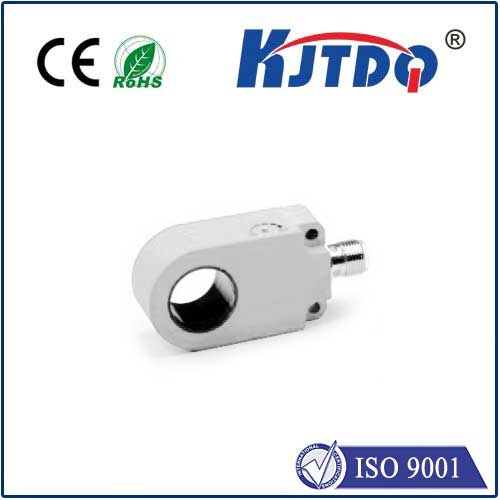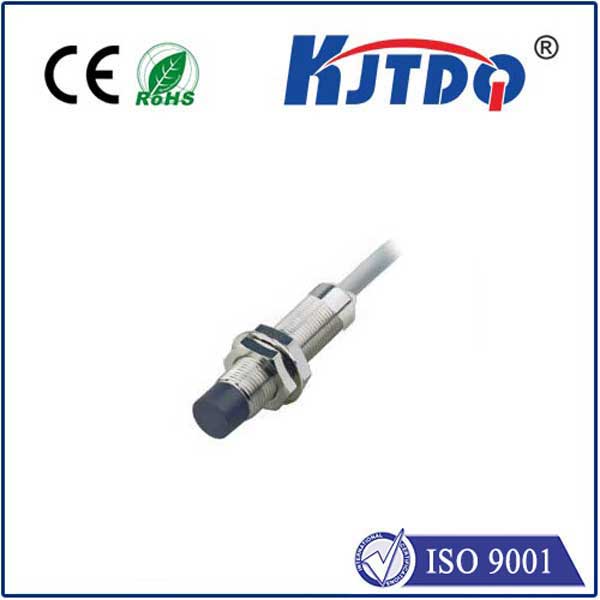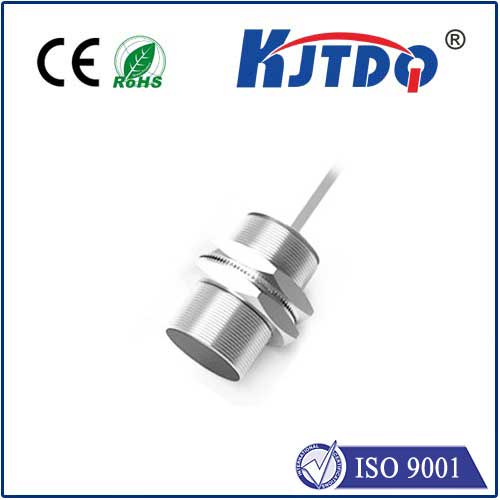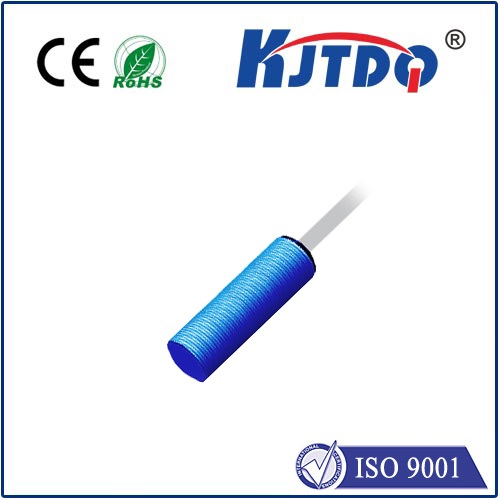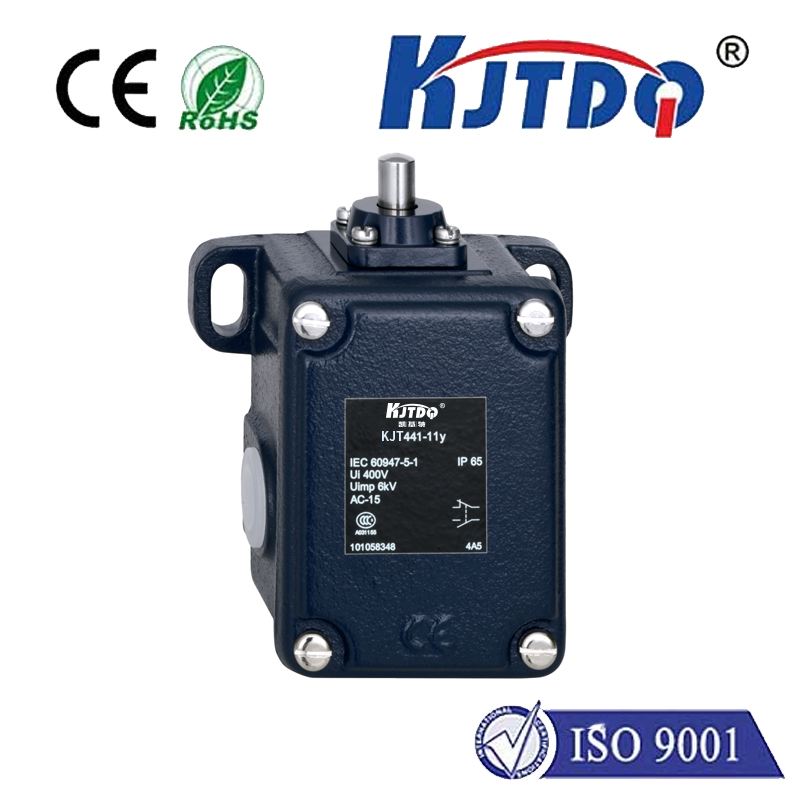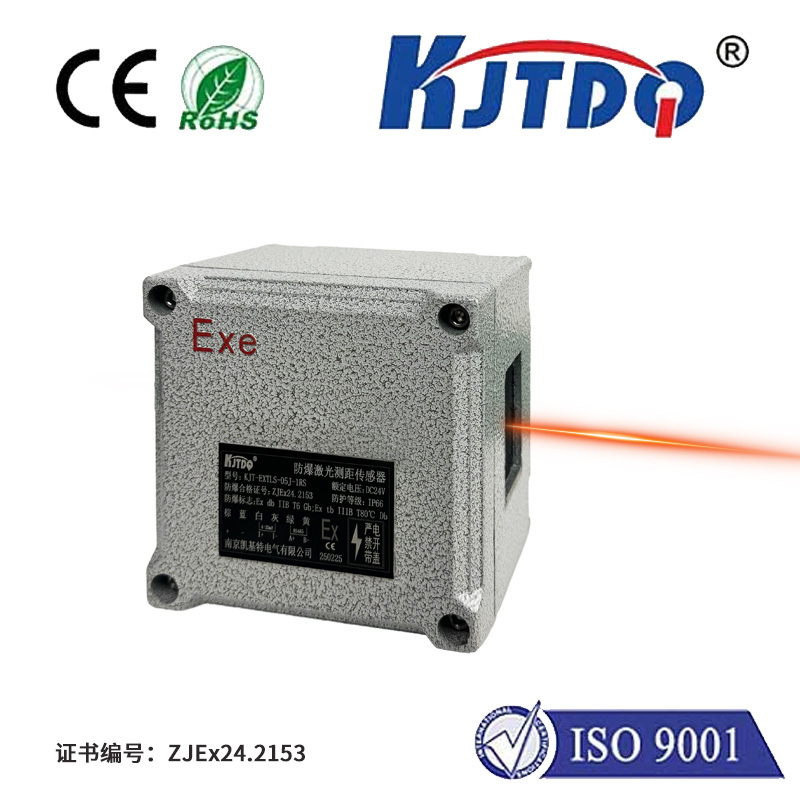E3Z-T66A m18 photoelectric sensor
- time:2025-09-25 16:10:01
- Click:0
The E3Z-T66A M18 Photoelectric Sensor: Precision Detection in Compact Form
Imagine a critical component on a fast-moving assembly line. Ensuring its precise presence or correct positioning is paramount. In the intricate dance of industrial automation, reliable object detection is non-negotiable. Enter sensors like the Omron E3Z-T66A M18 photoelectric sensor, a workhorse designed for accuracy and resilience in demanding environments. This compact marvel exemplifies how sophisticated sensing technology comes packaged in a robust, user-friendly format, solving countless detection challenges.
Understanding its name clarifies its core identity:
- E3Z-T66A: Indicates this is part of Omron’s popular E3Z series of cylindrical photoelectric sensors, with the T66A specifying this particular model variant (typically featuring a visible red light beam and NPN output).
- M18: Signifies the sensor’s housing has an industry-standard 18mm cylindrical threaded barrel. This size is incredibly common, offering easy mounting in panels, brackets, or directly onto machinery using readily available M18 nuts.
- Photoelectric Sensor: The core technology. It detects objects, presence, or distance by emitting a light beam (in this case, visible red light) and analysing how that beam interacts with the target object (e.g., reflection or interruption).
The E3Z-T66A falls into the diffuse-reflective sensor category. This means it houses both the light emitter (LED) and the light receiver (phototransistor) within the same compact M18 housing. It operates by projecting its own light beam towards a potential target. When an object enters the detection zone, it reflects a portion of this emitted light back towards the sensor’s receiver. Once the intensity of the reflected light exceeds a predefined threshold (the sensitivity setting), the sensor’s output switch activates, signalling the object’s detection. This self-contained operation makes it exceptionally versatile, requiring no separate reflector unit.

Why is the E3Z-T66A M18 so widely adopted? Its compelling features address critical industrial needs:
- Compact M18 Form Factor: The 18mm diameter is a universal standard. This small size allows installation in space-constrained locations where larger sensors simply wouldn’t fit. Its threaded barrel enables quick, secure, and stable mounting using a standard locknut, simplifying integration into existing machinery or new designs. This universality also means brackets and mounting accessories are readily available and cost-effective.
- Visible Red Light Beam: A significant advantage! Unlike infrared sensors, the E3Z-T66A projects a bright visible red light beam. This visibility is invaluable for installation, troubleshooting, and maintenance. Operators can easily see where the beam is striking, allowing for rapid and precise alignment onto the target object. It dramatically reduces setup time and helps diagnose issues caused by misalignment or unexpected obstructions.
- Robust Construction & IP67 Protection: Built for harsh industrial realities. The sensor boasts a rugged metal threaded barrel resistant to impact and vibration. Critically, it achieves an IP67 rating on the sensing face. This means it’s shielded against ingress of dust (completely) and low-pressure water jets from any direction. This resilience makes it suitable for environments subject to washdowns, flying debris, and typical factory grime.
- High Resistance to Ambient Light: Industrial settings often have fluctuating or bright ambient light (sunlight through windows, welding arcs, bright workshop lights). The E3Z-T66A incorporates sophisticated circuitry designed to minimize interference from external light sources, ensuring stable and reliable detection performance even in challenging lighting conditions. Its visible red light also inherently offers better resistance to some ambient light types compared to certain IR wavelengths.
- Adjustable Sensitivity: Equipped with a potentiometer (often accessed via a small screwdriver slot), users can finely tune the sensor’s sensitivity. This allows precise calibration to detect specific objects based on their size, color (reflectivity), surface finish (matte vs. shiny), and even compensate for slight mounting misalignments or background variations. It provides the flexibility needed for diverse applications.
- Solid-State Reliability: As an electronic device with no moving mechanical parts (unlike mechanical limit switches), it offers long operational life, high-speed response, and immunity to wear from repeated actuations. This translates to lower maintenance costs and consistent performance.
Key specifications typically include:
- Sensing Distance: Up to 300 mm (depending on the target and specific T66A variant; always consult datasheets for exact specs)
- Light Source: High-intensity Visible Red LED
- Power Supply: Typically 12-24 V DC (rated voltage range specified in datasheet)
- Output Configuration: Usually NPN transistor output (Normally Open or Normally Closed options exist - verify model suffix)
- Output Function: Light-ON or Dark-ON (selectable via wiring or internal switch - model dependent)
- Response Time: Fast (e.g., 1 ms max), capable of handling high-speed processes
- Connection: Pre-wired cable or connector variants available
The E3Z-T66A M18 photoelectric sensor finds application across countless industries and functions:
- Detecting presence/absence of parts on conveyors, assembly lines, or packaging machines (“Is the bottle in position?”).
- Counting objects passing a specific point (“How many boxes passed?”).
- Verifying object height or correct orientation (“Is the lid on?” / “Is the component facing the right way?”).
- Controlling automated processes based on object position (“Start dispensing when item is present”).
- Ensuring safety interlocks in guarded areas (used within appropriate safety-system design principles).
- Monitoring fill levels in containers (detecting when material reaches the sensor height).
Beyond its size, the visible red light beam is arguably one of its most significant operational advantages. The ability for personnel to quickly see the beam spot eliminates guesswork during commissioning. If a detection fault occurs, a simple visual check often reveals if the beam is obscured, misaligned, or striking an unintended surface. This saves valuable downtime and reduces reliance on specialized diagnostic tools.
The Omron E3Z-T66A perfectly embodies the principle of delivering robust, user-friendly, and highly reliable sensing technology in an industry-standard M18 package. Its combination of the visible red light for effortless setup and troubleshooting, IP67 environmental protection for durability, and adjustable sensitivity for versatile application makes it a cornerstone component in automated systems worldwide. When consistent, accurate object detection in a compact, dependable form factor is required within a typical industrial range, the E3Z-T66A M18 photoelectric sensor is frequently the dependable solution that just works. Its proven track record ensures it remains a top choice for engineers seeking precision without bulk.













